There is a growing body of evidence that a secondary structure of highly negatively charged proteins can play an important role in localizing calcium and phosphate ions to promote the formation of the HAp deposits.
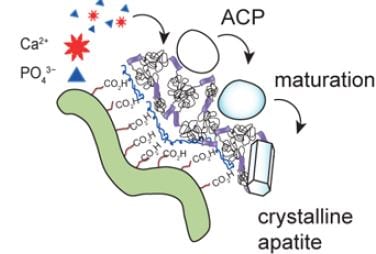

There is a growing body of evidence that a secondary structure of highly negatively charged proteins can play an important role in localizing calcium and phosphate ions to promote the formation of the HAp deposits.
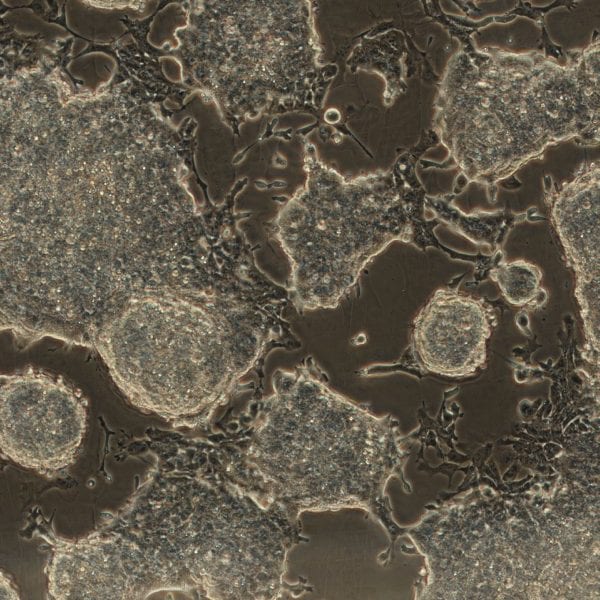
Cell fate and dynamic behavior of cells can easily be monitored in microfluidics using few cells and reagents for regenerative medicine applications.
The mouth is essential for eating and has ancient origins. A new review looks at the evolution of the mouth and insights into the vertebrate mouth opening from the frog Xenopus laevis.
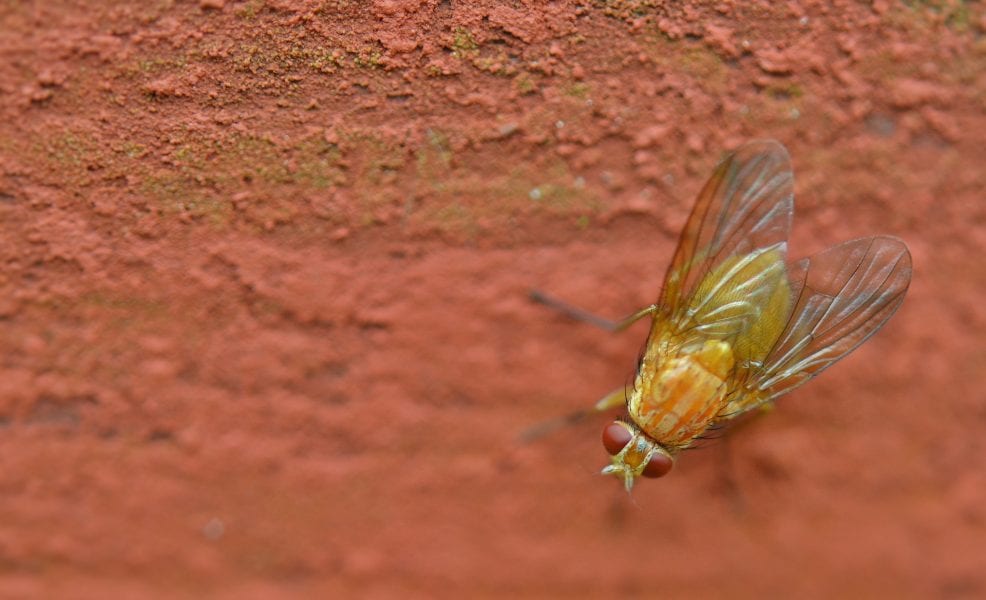
An overview of how synaptic transmission is assayed in the Drosophila neuromuscular and central nervous systems.
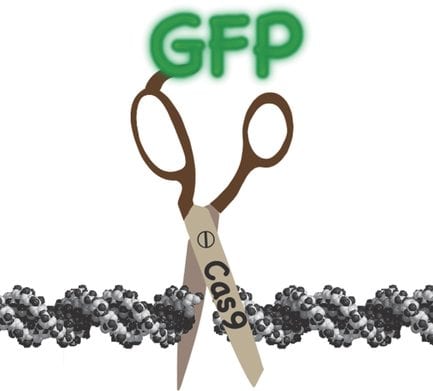
The CRISPR/Cas9 toolbox has been expanded with fluorescent Cas9 and a dCas9 functionalized with a tag able to activate gene expression that can be transfected to cells directly as ribonucleoprotein complexes (RNP).
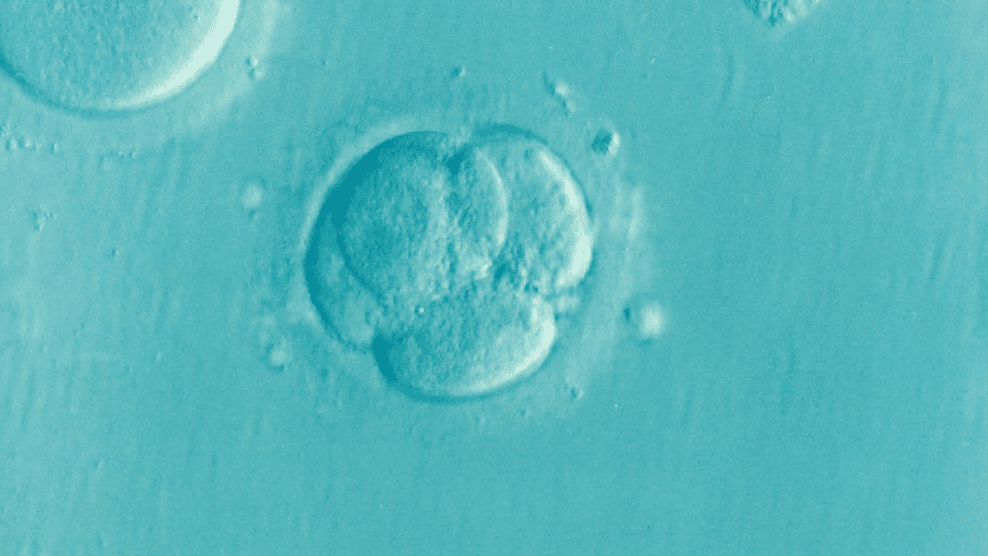
How developmental cues specify these distinct cell types in embryos and coordinate their patterning into functional tissues is one of the fundamental questions of developmental biology.
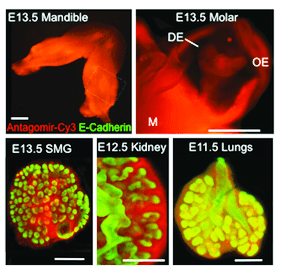
A detailed protocol to assess microRNA function in explanted organs is presented.
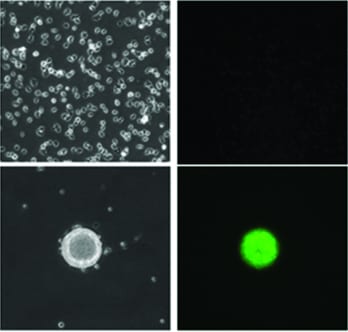
A protocol for a unique high-throughput assay to identify novel small-molecule inhibitors of cell migration.

Using a proteomics approach, Drs. Paulo and Gygi from the Harvard Medical School provide evidence that nicotine exposure changes the abundance of membrane proteins implicated in signal transduction and autophagy.

Researchers study new bioactive scaffolds based on PLA fibers, modified with a peptide sequence derived from fibronectin, an extracellular matrix component.